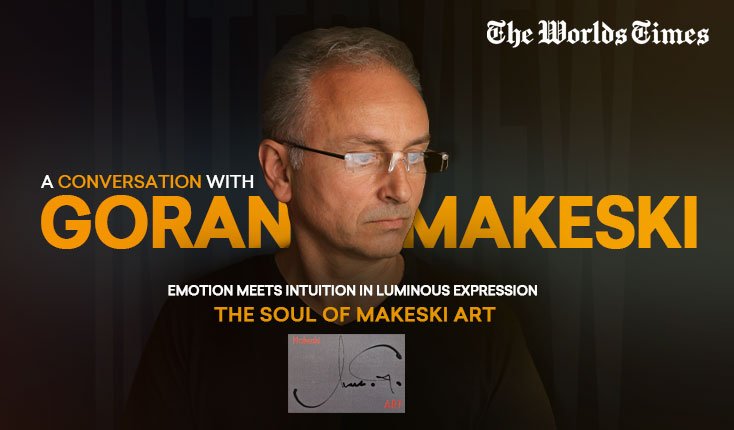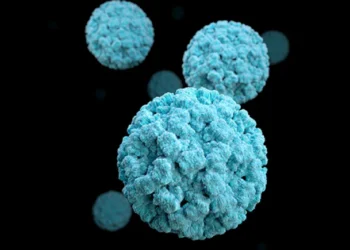Whether or not the regular politics or financial news trending nowadays is a secondary factor. But one thing is for sure. Artificial intelligence tools have been reigning in the news industry since last year. Yes, artificial intelligence tools have been in use for many years now. But in December 2022, with the launch of ChatGPT, it became a trending and very commonly used program amongst various sectors and individuals globally. This rise in the usage of this artificial intelligence brought about the need to track whether or not something is created by an AI tool. And these tools are called AI detectors. Today, as you scroll the Internet, you will find dozens of websites promising to be the best AI detectors and giving you the most accurate results. But the question here is, are these tools proper? Can we trust them when detecting AI-based or human-written, or created content? Read on to find out more.
The Work Of An AI Detector
An AI Content Detector can tell if a document was written by a human or a machine using sophisticated algorithms and machine learning. “AI-generated text” describes written material produced fully or partially by algorithms, such as those found in language models like the GPT-3.
The program examines several textual characteristics, such as predictability, language, and structure. To assess the probability that a machine produced the text, it compares the analyzed text with an extensive database of text created by humans and AI. An AI content detector is a valuable tool for people and companies trying to make sure their content is reliable, trustworthy, and not just exciting but also educational.
Do AI Detectors Work
AI Content Detectors give you a probability score indicating the likelihood that an AI or a human writer created the text. The accuracy of AI content detection can change depending on the tool being utilized and the intricacy of the content being examined. They can occasionally produce false positives or negatives. Therefore, they are not infallible.
It’s crucial to rely on common sense in addition to using them sparingly and exclusively as part of your assessment. Some detectors are more effective than others, and even ones that function well, in general, could have trouble recognizing texts that contain both AI and human content.
Different Detectors Distinct Results
Not every detector is made equally. Every detector has an underlying model, and as these might differ significantly from one another, they yield various outcomes. Selecting the appropriate detector is essential to guaranteeing the legitimacy and caliber of the content. In our studies, choosing a detector that uses an ensemble model—a combination of many algorithms—to analyze the text has yielded more dependable findings. Generally speaking, before you begin using the detector, we advise you to test it yourself using content you know about its source.
Negatives and False Positives
AI Content Detectors frequently encounter false positives and negatives. When a detector detects content from artificial intelligence (AI) even though a human wrote it, this is known as a false positive. However, false negatives occur when the detector cannot identify information created using artificial intelligence.
These mistakes may result from sophisticated linguistic patterns in the text or out-of-date models. False positives and negatives can seriously affect your content process. They can lead you to reject genuine human-written material or accept low-quality content generated by a machine as accurate.
Not Upgraded Data Pattern
We must know that various AI tools are constantly upgrading when using an AI detector. There needs to be more than this software upgrade for the detecting tools. Artificial intelligence detectors learn from patterns seen in the data. But specific patterns could be complex, like piecing together a puzzle with a few missing pieces. Even if the detector is coming from an AI source, it may misinterpret difficult words or sentences that resemble writing by a person.
Also, if these detectors are not constantly upgraded, they cannot detect the human or AI written content, leading to misinterpretation.
Reaching Out To Increase Monetisation
AI detectors may intentionally provide false positives to entice users to pay for further services. They do this to give the impression that the premium version is more accurate. It becomes challenging, to be honest and make money in this environment. Some providers may intentionally display more errors in the free version to entice users to pay. This demonstrates the importance of using caution and common sense while utilizing an AI detector. Checking the outcomes’ fairness is essential; we shouldn’t only believe what they say.
Biased Results
Similar to humans, AI detectors are susceptible to biases. Unfair opinions that prioritize one thing above another are called biases. Because AI detectors are trained on large amounts of data, they can also detect biases in that data. This implies that the outcomes they provide could only partially be impartial. For instance, they could not effectively comprehend content from other groups if most of the data they learn from focuses on one set of people. This prejudice may skew their judgment and impair their accuracy. We must always remember that AI detectors are not always impartial, and we should exercise caution if we depend too heavily on their findings.
Importance of AI Technology Evolution
The quick development of AI technology affects the dependability of an AI detector. With increasing mechanisms, AI models can generate content that strongly resembles human efforts. Detectors are challenged to keep up with the constantly evolving AI capabilities due to this blurring of lines. Older AI-generated content may be complex for an AI detector designed a year ago to differentiate from more recent AI-generated content. This emphasizes how an AI detector must be continuously updated and developed to be reliable in an environment where AI technology constantly changes.
Finding if a particular document is AI written or human-generated remains a cat-and-mouse game. Some detectors claim to provide 99% accurate results, but even with such promised accuracy, they might be misled due to the above factors. We have to accept the fact and understand that AI tools and detectors are both technological tools and can’t interpret the correct results. Chances of mistakes and inaccurate results are expected, so relying on one’s common sense and personal experience is essential rather than believing directly in these detectors.
Also Read:































































